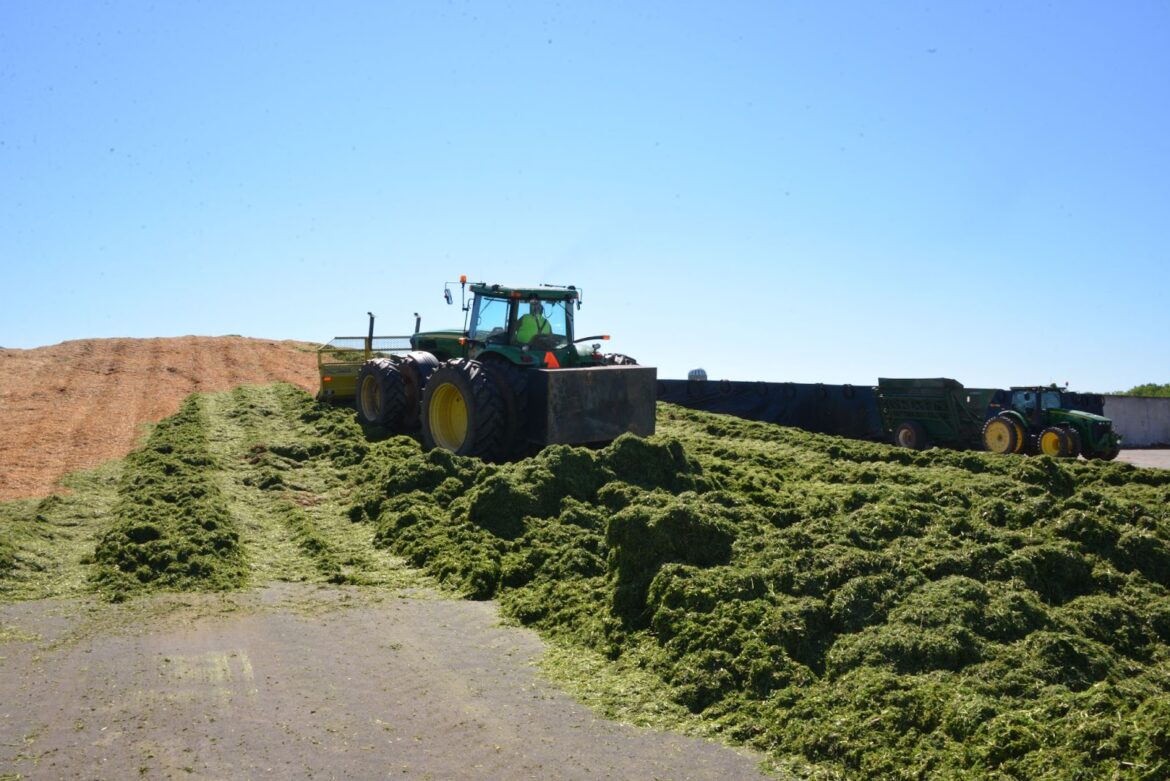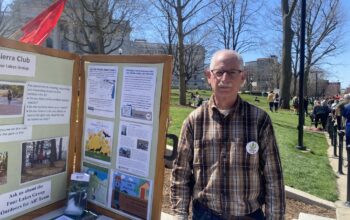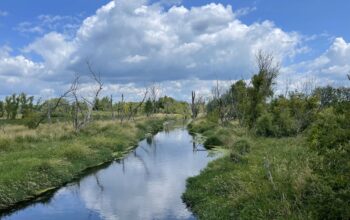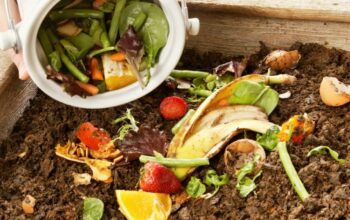Farmers, local agriculture organizations and state officials have implemented multiple strategies to mitigate ground and surface water pollutants throughout Dane County.
State officials put two new emergency rules in place this summer to help counter the negative effects of agricultural runoff according to Tim Anderson, director of the Bureau of Land and Water in the state Department of Agriculture, Trade and Consumer Protection.
“[Emergency rules] are looking at optimizing working with producers and funding projects that research how and when commercial nitrogen can be used to optimize production and minimize runoff to the environment,” said Anderson. “That’s in conjunction with the University of Wisconsin and they’re going to be doing a lot of the study work and data analysis.”
According to the state Department of Agriculture, Trade and Consumer Protection, Dane County’s drinking water relies on groundwater where excess manure, fertilizers, pesticides and herbicides can run off the ground and cause various water quality problems. This runoff also generates excess amounts of nitrogen and phosphorus in water, harming Dane County’s lakes through lower oxygen levels and increased algae bloom.
Addressing Excess Nitrogen
One new emergency rule is the Nitrogen Optimization Pilot Grant Program, designed to encourage and incentivize agricultural producers to have innovative approaches when using nitrogen. Once crops are harvested, farmers add nitrogen back into the soil to maintain the soil fertility. 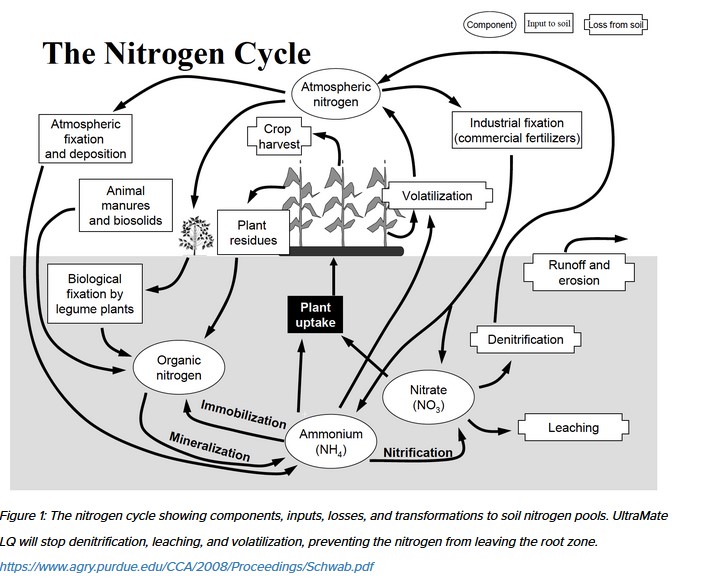
“Some of the current stuff [the state agriculture department] is doing with this Nitrogen Optimization Project that’s coming out I think is a step in the right direction in terms of getting people more involved with conducting work on their own land,” said Matthew Rurak, a University of Wisconsin-Madison soil science extension specialist.
Agricultural producers will collaborate with the University of Wisconsin System to conduct research projects to discover new methods of nitrogen optimization, which will ultimately decrease nitrogen runoffs, according to the program’s website.
Efforts to Decrease Manure
Manure runoff causes a significant amount of groundwater and surface water pollution in Dane County lakes. Manure itself is not an issue, but problems arise from the application of manure and the improper capturing of nitrogen, according to Rurak.
Local agricultural organizations such as the Clean Lakes Alliance work closely with state, county and local government agencies, waterway user groups and community nonprofits to protect and restore Dane County’s lakes. The Clean Lakes Alliance, along with Dane County Executive Joe Parisi, announced $3 million would go toward a feasibility study and land purchase of a new manure processing facility, according to James Tye, founder and executive director of Clean Lakes Alliance.
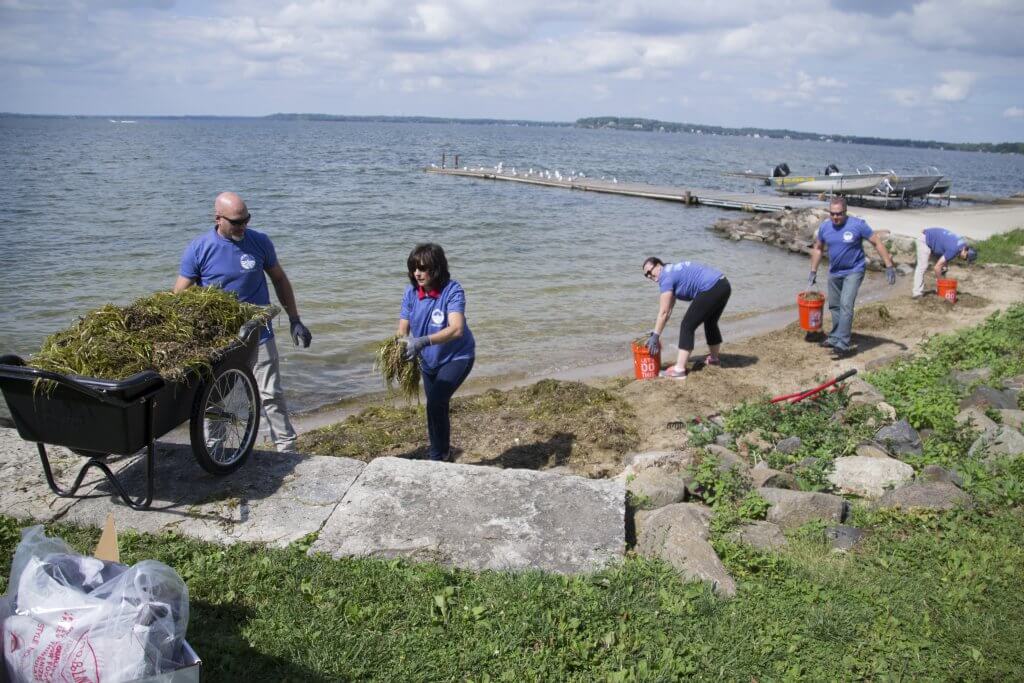 There are currently two digesters in Dane County that process manure from 10,000 cows. The new manure processing facility will handle manure from an additional 30,000 cows, which will total 80% of the manure in Dane County, according to Tye.
There are currently two digesters in Dane County that process manure from 10,000 cows. The new manure processing facility will handle manure from an additional 30,000 cows, which will total 80% of the manure in Dane County, according to Tye.
Agricultural producers are also moving toward rotational grazing to reduce pollution from manure. Kevin Oppermann, owner and farmer of Highland Spring Farm in the Madison suburb of Oregon, moves his cattle daily so they do not excessively deposit manure in one area.
“By having everything in permanent pasture, green and nonliving root systems throughout the year, we are able to keep cattle moving and not have to worry about runoff or anything like that,” Oppermann said.
This rotational grazing system eliminates the need for any manure processing at a digester. In the winter the cattle move to hay feeding, and Highland Spring Farm rotates the hay as well so one area does not have an excess amount of manure, according to Oppermann.
Positive Change Through Cover Crops
Cover cropping is another successful way to decrease harmful agricultural runoff.
Farmers can reduce agricultural runoff through cover cropping, plants that cover the ground to prevent erosion. While cover cropping is effective in mitigating runoff pollution, it can be hard to put in place.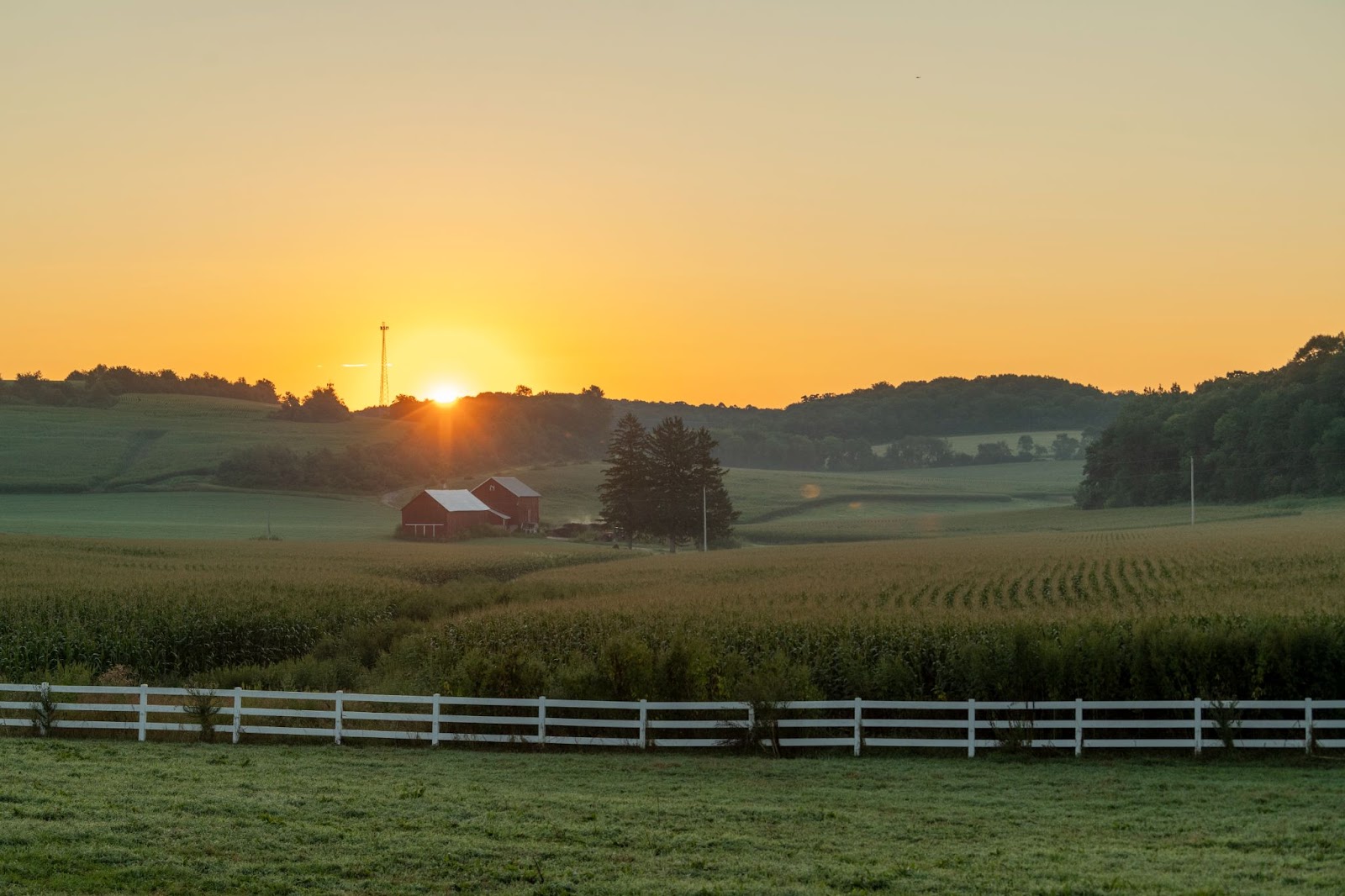
“It’s not always easy, it can be a little bit easier in dairy systems to find opportunities to get cover crops planted because you have more opportunities in the fall… otherwise there’s not enough time left over to really get a lot of growth of that cover crop to get those water quality benefits,” Rurak said. “That’s kind of been the biggest challenge is outside of dairy systems…where can we get cover crops growing, how do we get cover crops growing when other crops are planted? That’s been the biggest challenge for achieving some water quality goals.”
The state agriculture department is aware of farmers’ difficulties with cover crop usage and created incentives through a cover crop rebate for farmers that will help address some of the challenges.
“The rebate is really just to help optimize or incentivize producers and farmers to [cover crop],” Anderson said. “So there’s a $5 per acre rebate on their crop insurance. This year $800,000 will be going towards incentivizing planting cover crops.”

